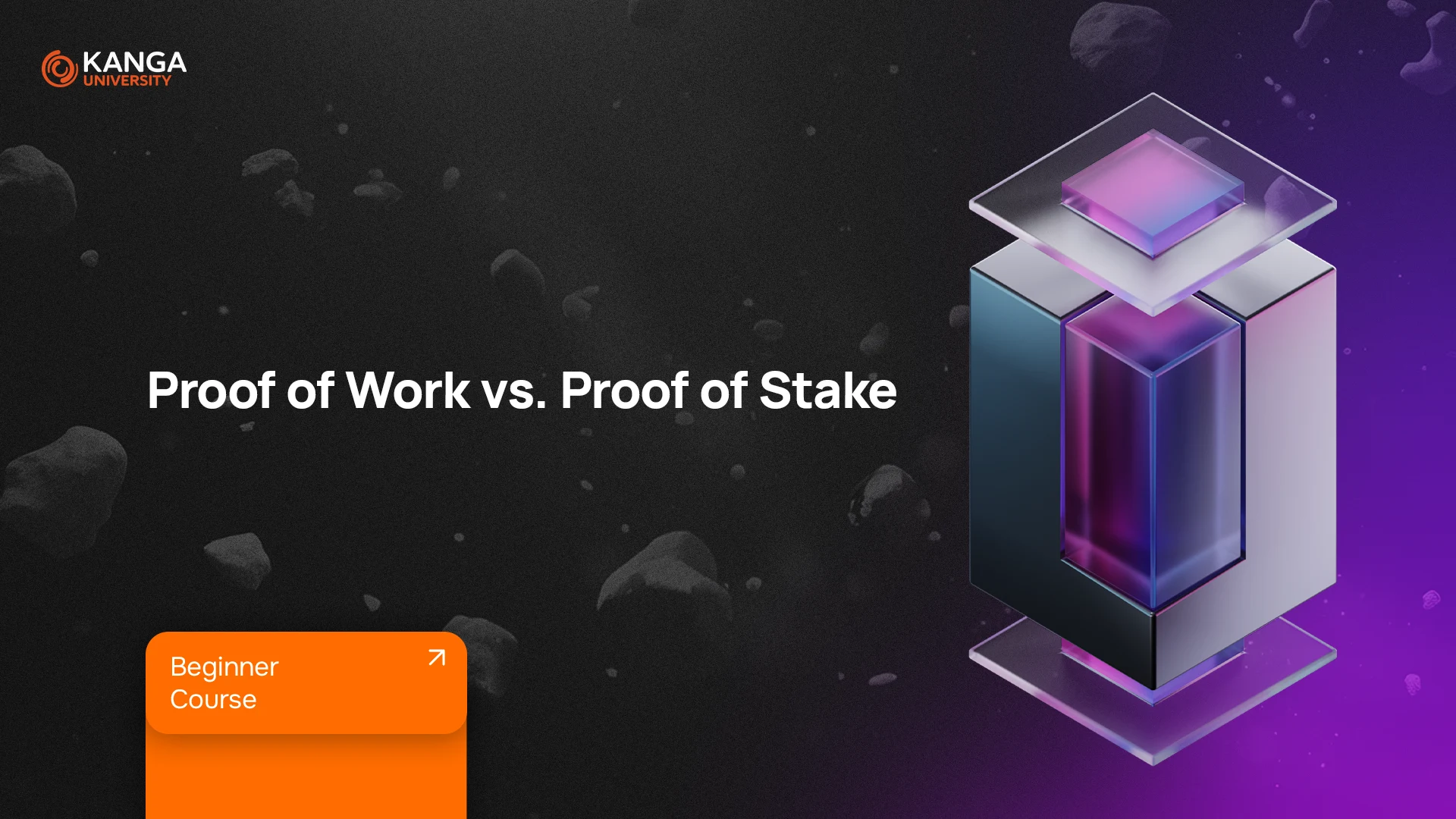
Cryptocurrencies are a fascinating world where the security and transparency of transactions are ensured by special mechanisms called consensus algorithms. Today, we will explore two of them – Proof of Work (PoW) and Proof of Stake (PoS) – explaining how they work and what sets them apart, without delving into complex technical jargon.
What Is Consensus in the World of Cryptocurrencies?
Imagine a network of computers working together to validate transactions and add new data to the blockchain. For everyone to trust that everything is correct, the network must agree on a single truth – this is what we call consensus. The two most popular ways of achieving consensus are Proof of Work and Proof of Stake.
Proof of Work – The Race to Solve a Puzzle
In the Proof of Work mechanism, computers (called miners) compete to be the first to solve a complex mathematical puzzle. The idea is simple:
- Imagine a contest: Each miner tries to guess the right combination of numbers that will allow them to create a new block of data.
- Verification: Once one computer finds the correct solution, it sends it to the entire network, where the other computers check if everything is correct.
- Reward: If everything checks out, the new block is added to the blockchain, and the winner receives a reward (for example, Bitcoins).
Although this system is very secure, it requires enormous computational resources and consumes a lot of energy, leading to high operational costs and an environmental impact.
Proof of Stake – Investment as the Key to Participation
Proof of Stake works a bit differently – instead of competing to solve a puzzle, participants (called validators) use the cryptocurrency they own to “place a bet.” Here’s how it works:
- Stake: To have a chance to create a new block, you must own a certain amount of cryptocurrency, which you “lock” as a form of collateral.
- Validator selection: The network’s algorithm randomly selects one of the validators, taking into account the size of their stake.
- Security: Because validators invest their own funds, they are motivated to act honestly – risking the loss of their stake if they cheat the system.
PoS is much more energy-efficient than PoW and allows for faster transaction processing. However, some worry that it might lead to a concentration of power in the hands of the largest cryptocurrency holders.
Key Differences Between PoW and PoS
-
Energy and Resources:
- Proof of Work requires enormous computational resources and consumes a lot of energy.
- Proof of Stake is based on investing in cryptocurrency, making it much more energy-efficient.
-
Transaction Validation Process:
- In PoW, validation happens through solving puzzles, which is similar to a computer race.
- In PoS, the decision is made by an algorithm that selects a validator based on the amount of cryptocurrency held.
-
Security:
- In PoW, an attacker would need to control the majority of the computational power (a so-called 51% attack) to compromise the network.
- In PoS, an attacker would have to own more than half of all the cryptocurrency in the system – something that is highly unlikely for many projects.
Summary
Both mechanisms – Proof of Work and Proof of Stake – have their advantages and limitations. PoW is tried and tested and extremely secure, but it is energy-intensive. PoS, on the other hand, offers faster and more environmentally friendly solutions, although it raises concerns about power concentration. The choice of the appropriate mechanism depends on the goals of a specific project and priorities such as security, speed, or sustainable development.